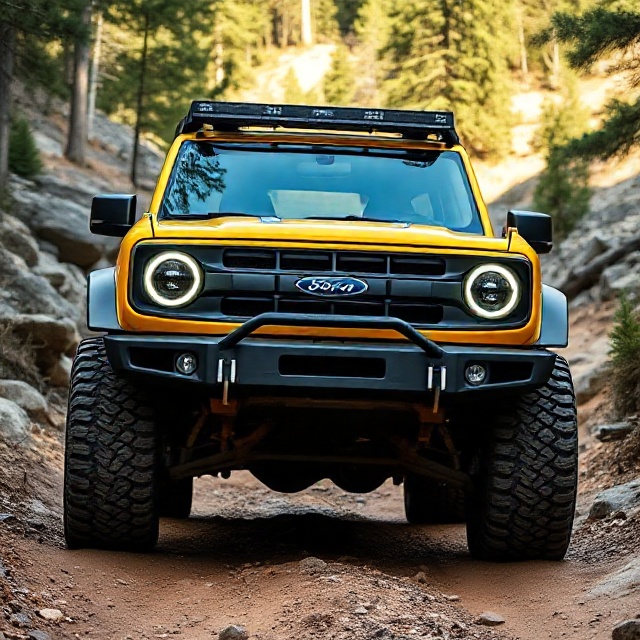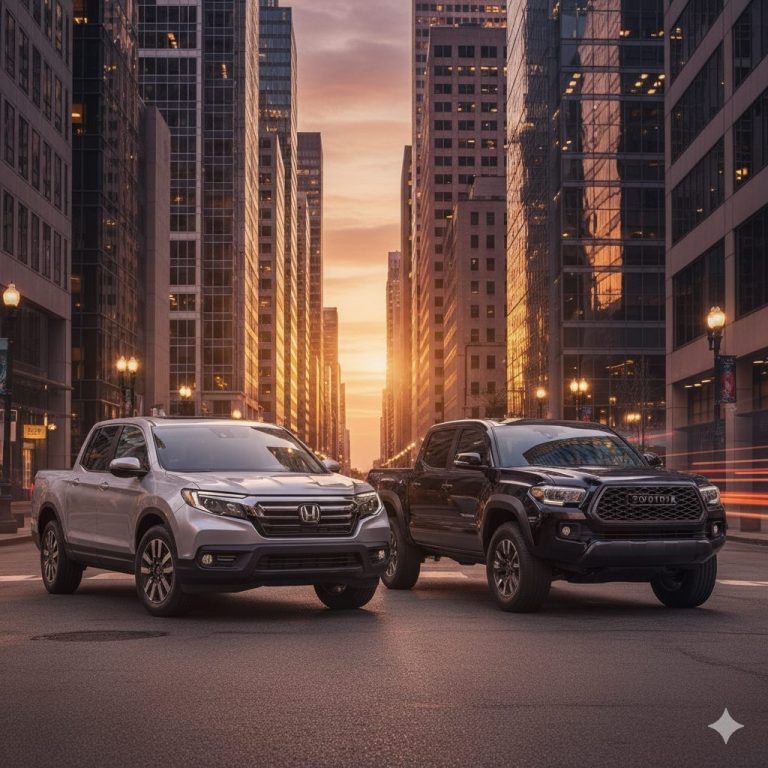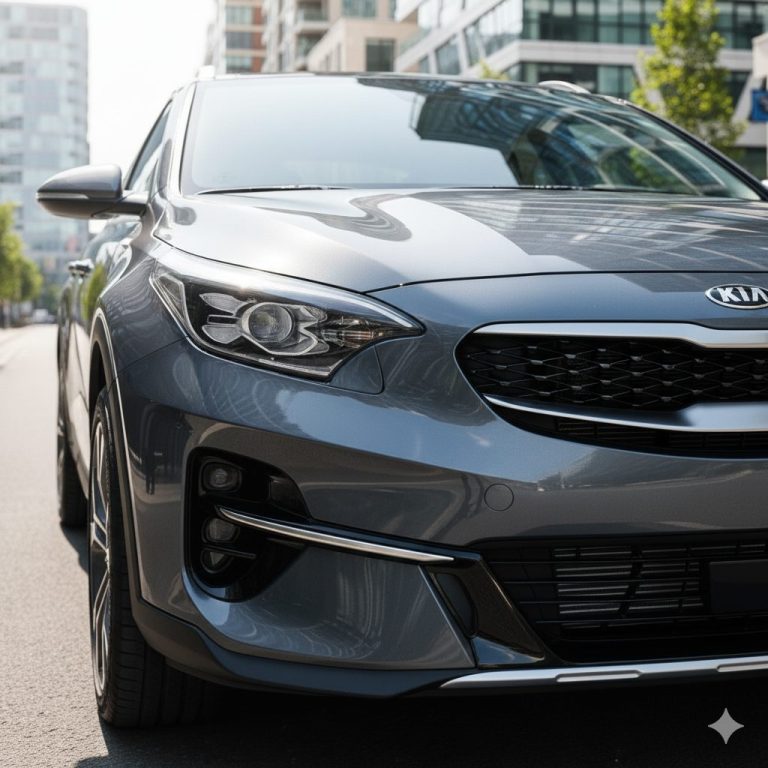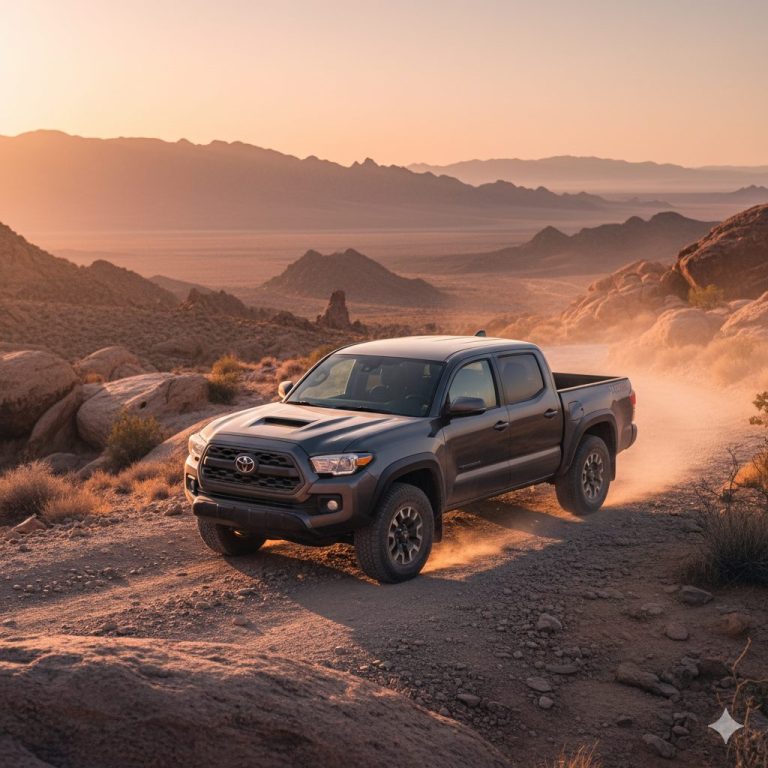What Are the Handles on the Hood of a Ford Bronco For?
The Ford Bronco, an icon of off-road capability and rugged design, possesses a distinctive feature that often piques curiosity: the small, raised handles located on the front corners of its hood. While they might seem like a unique aesthetic choice, these aren’t just for show. They serve a practical and ingenious purpose that directly relates to the vehicle’s core function as an adventure-ready machine. These seemingly simple handles are a testament to the Bronco’s thoughtful engineering, designed to enhance the driver’s experience and functionality in various driving conditions.
Aiding in Visual Navigation
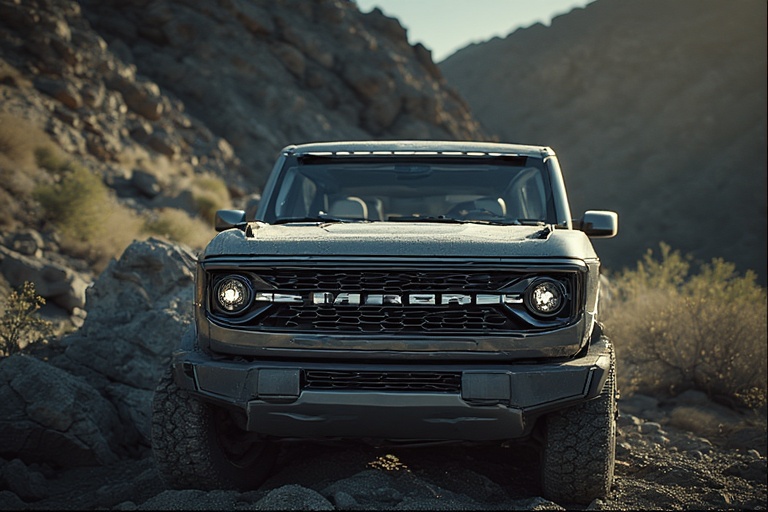
One of the primary functions of these hood handles, or “trail sights” as they are often called, is to assist with visual navigation. When traversing challenging off-road terrain, precise vehicle placement is critical. The driver needs to know exactly where the front corners of the vehicle are at all times, especially when negotiating tight trails, rocky outcrops, or steep inclines. The handles provide a clear, visible marker from the driver’s seat, allowing for better spatial awareness. This is particularly helpful for drivers new to off-roading or those tackling unfamiliar landscapes, as it provides a tangible reference point to help avoid obstacles and stay on course.
Providing a Securing Point for Gear
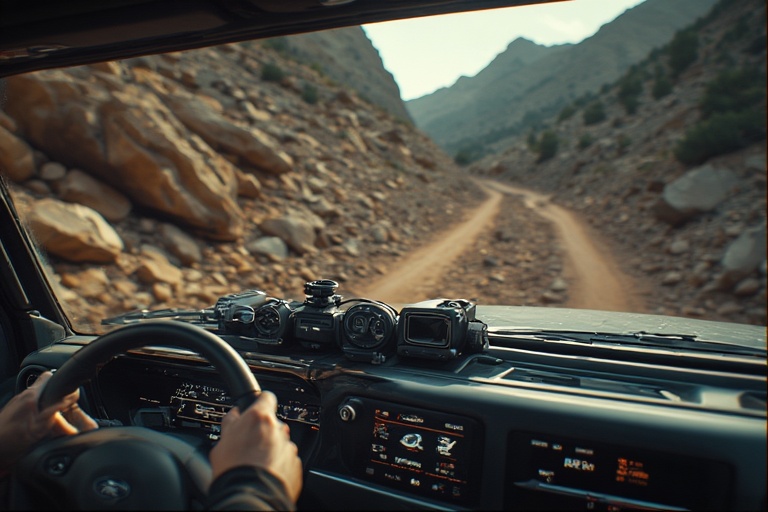
Beyond their role in navigation, the handles also serve a practical purpose for securing equipment. This capability is invaluable for adventurers who need to transport bulky gear on the hood or roof of the vehicle. Whether it’s securing a long-handled shovel, a high-lift jack, or other recovery tools, these handles provide a sturdy and reliable point to fasten equipment.
Protecting the Vehicle’s Finish
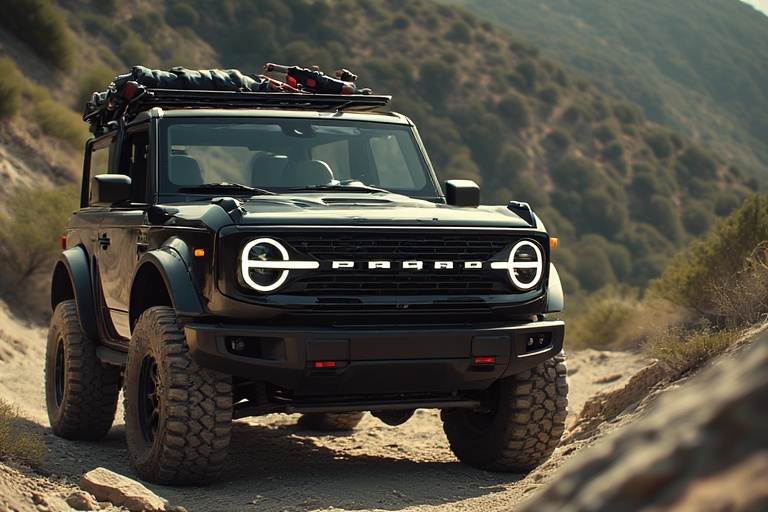
The placement of these handles is also strategic in preventing damage to the Bronco’s paint and body. During off-road excursions, it’s common to encounter low-hanging branches or brush that can scrape against the hood. The trail sights rise above the flat surface of the hood, acting as a first point of contact for these obstacles. By taking the initial impact, they help to deflect branches and protect the painted surface underneath, preserving the vehicle’s cosmetic integrity over time.
A Nod to Bronco Heritage
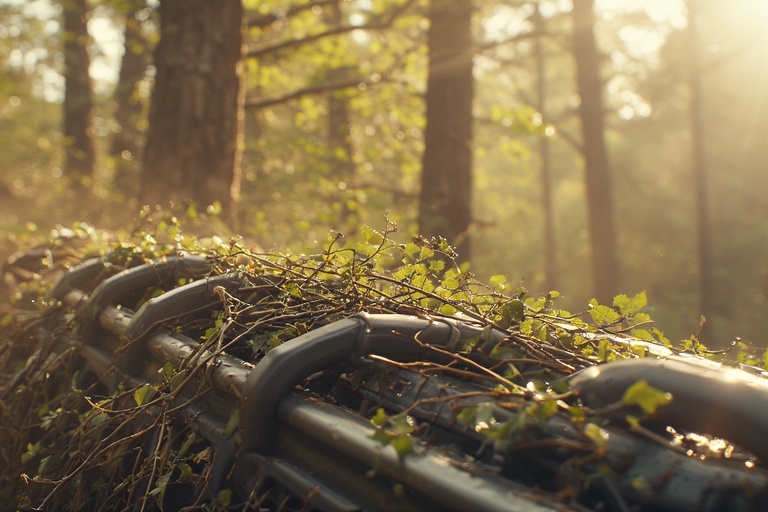
While their functionality is undeniable, the handles also serve as a stylistic homage to the Bronco’s rich history. They are a design element that connects the modern vehicle to its classic predecessors. They reinforce the vehicle’s rugged and utilitarian identity, distinguishing it from more conventional SUVs and signaling its readiness for adventure.
Enhancing Recovery Operations
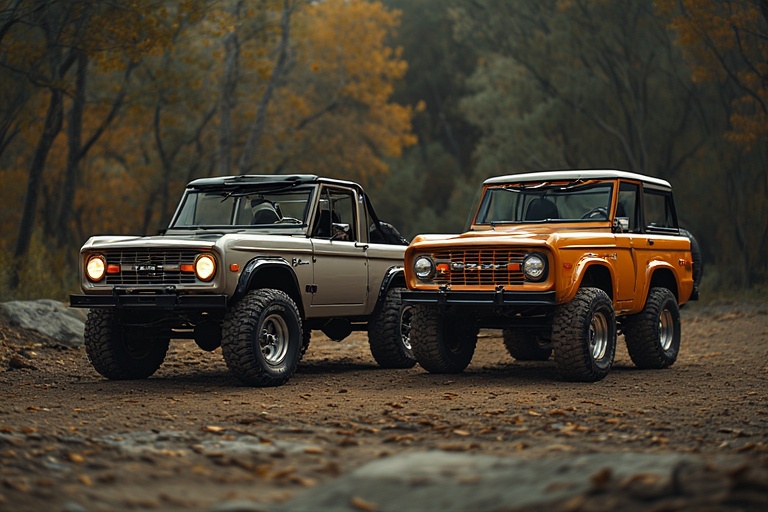
In situations where the Bronco needs to be recovered, the handles can be beneficial. Although they are not rated for heavy-duty winching, they can serve as secondary attachment points for lighter recovery efforts or for securing ropes and lines during a vehicle-to-vehicle pull. Their robust construction and strategic placement make them a versatile asset for a variety of off-road scenarios, complementing the Bronco’s overall recovery-focused design.
A Multifaceted Design Element
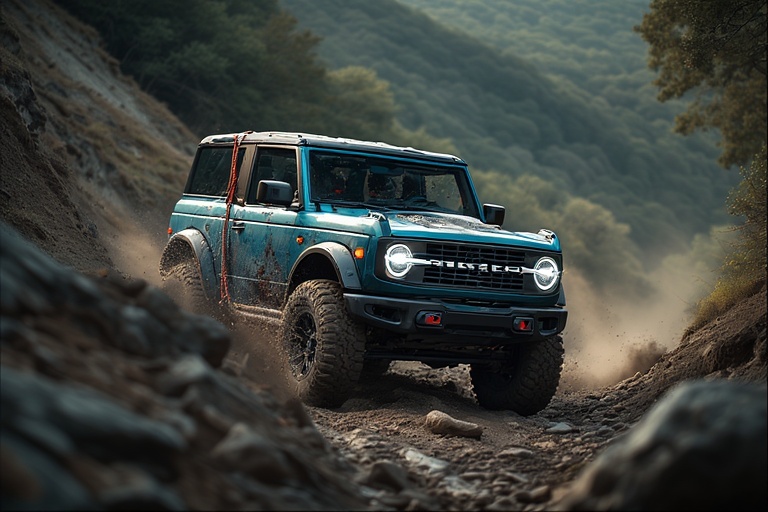
Ultimately, the handles on the hood of the Ford Bronco are a prime example of form meeting function. They are not merely an aesthetic flourish but a deliberate and multi-purpose design element. From aiding in precise navigation and providing secure tie-down points to protecting the vehicle’s finish and paying tribute to its heritage, these small but significant features contribute to the Bronco’s reputation as a well-engineered and capable off-road vehicle. They reflect a design philosophy centered on practicality and a deep understanding of what true off-road enthusiasts need.

